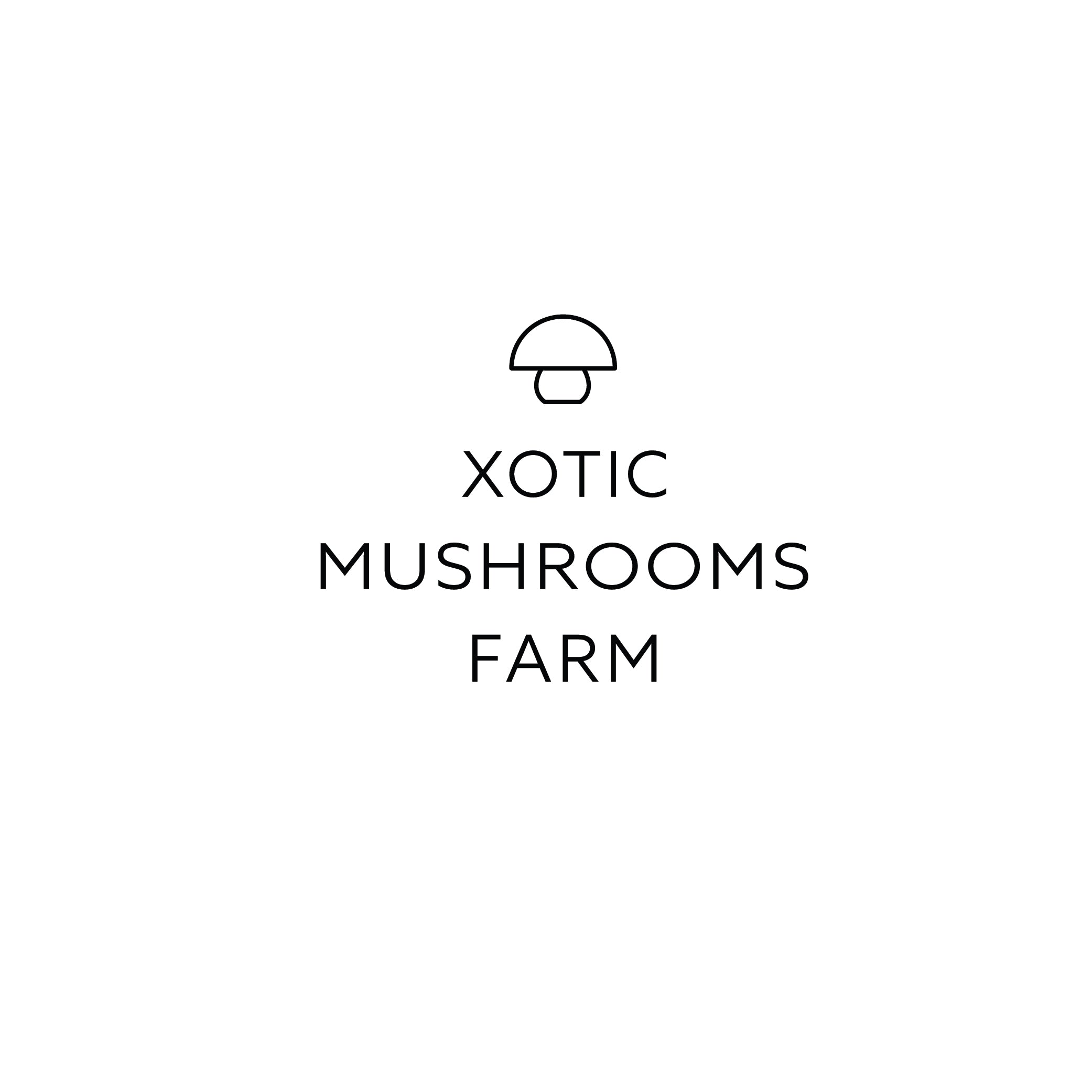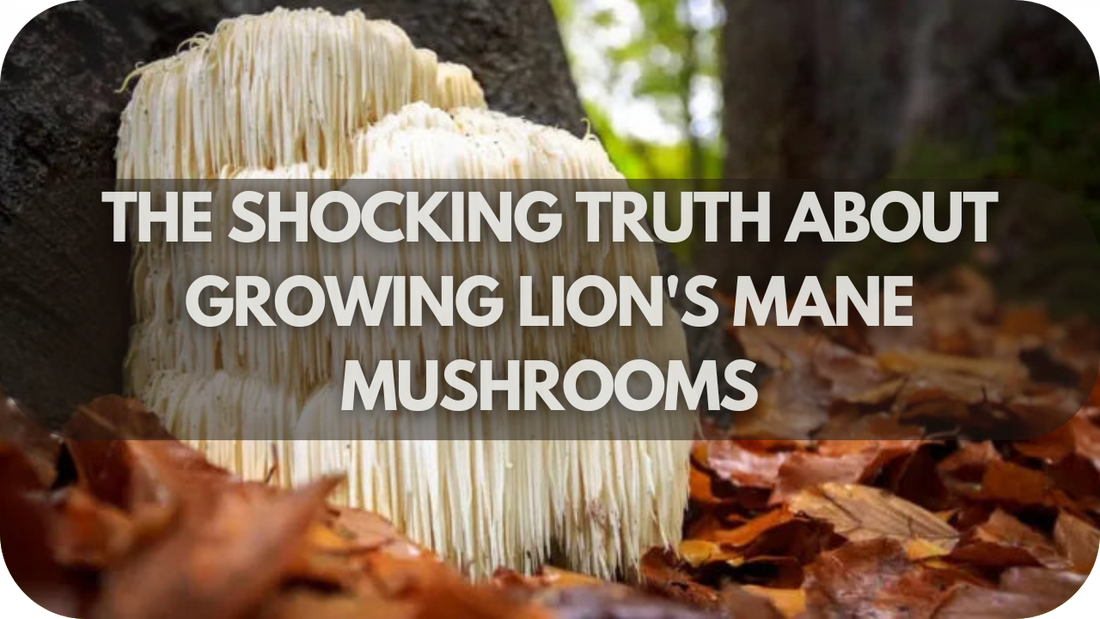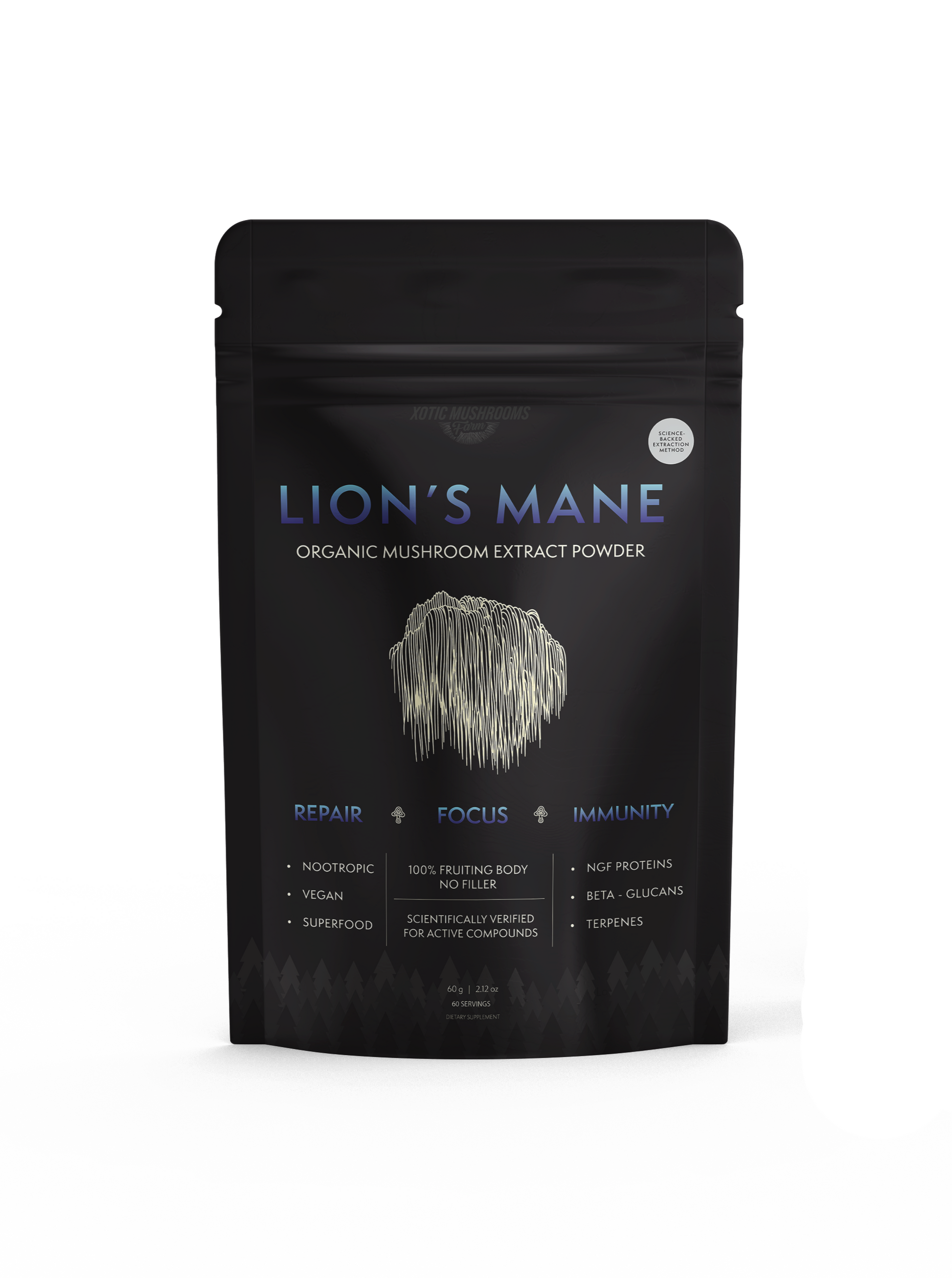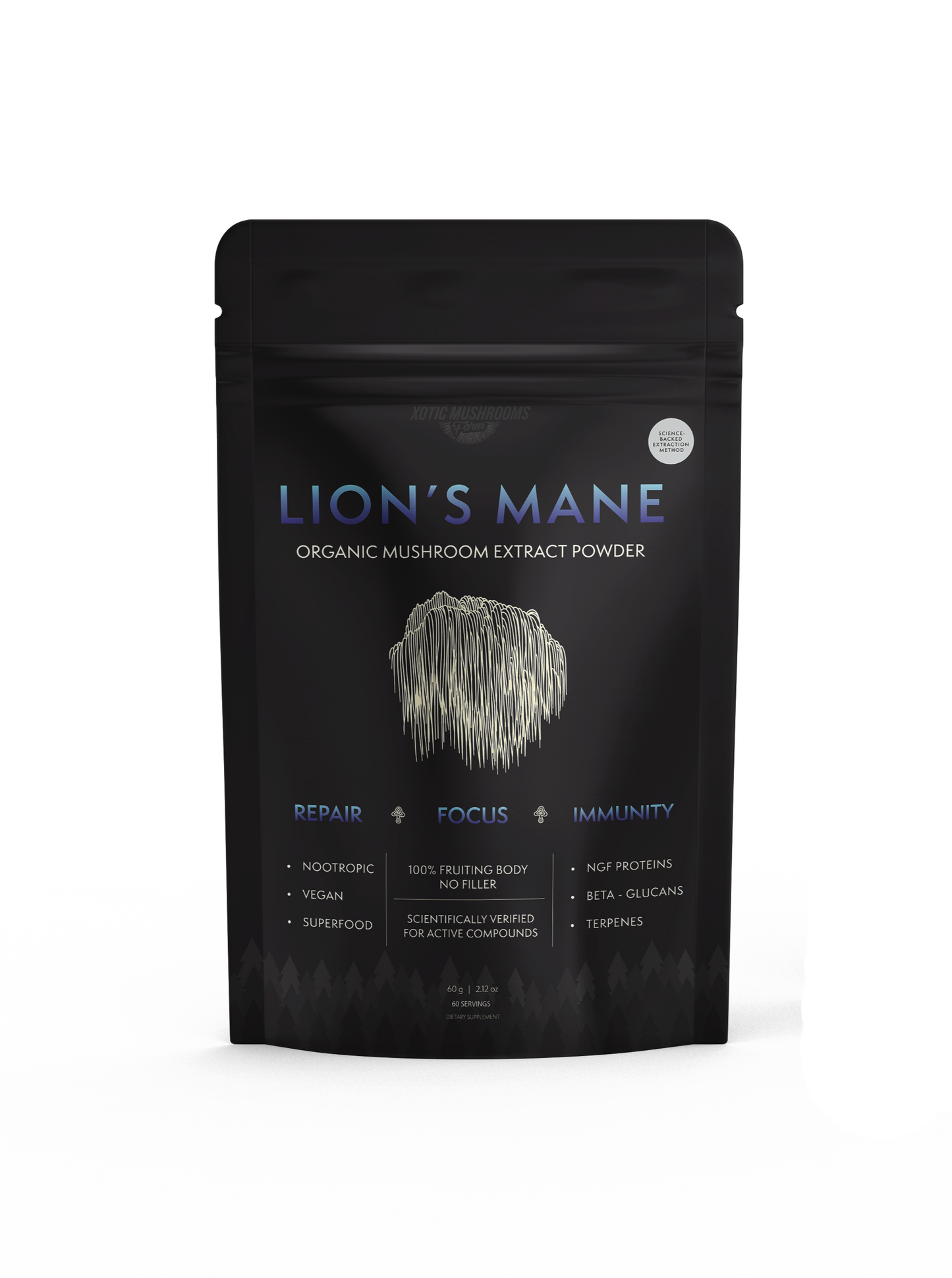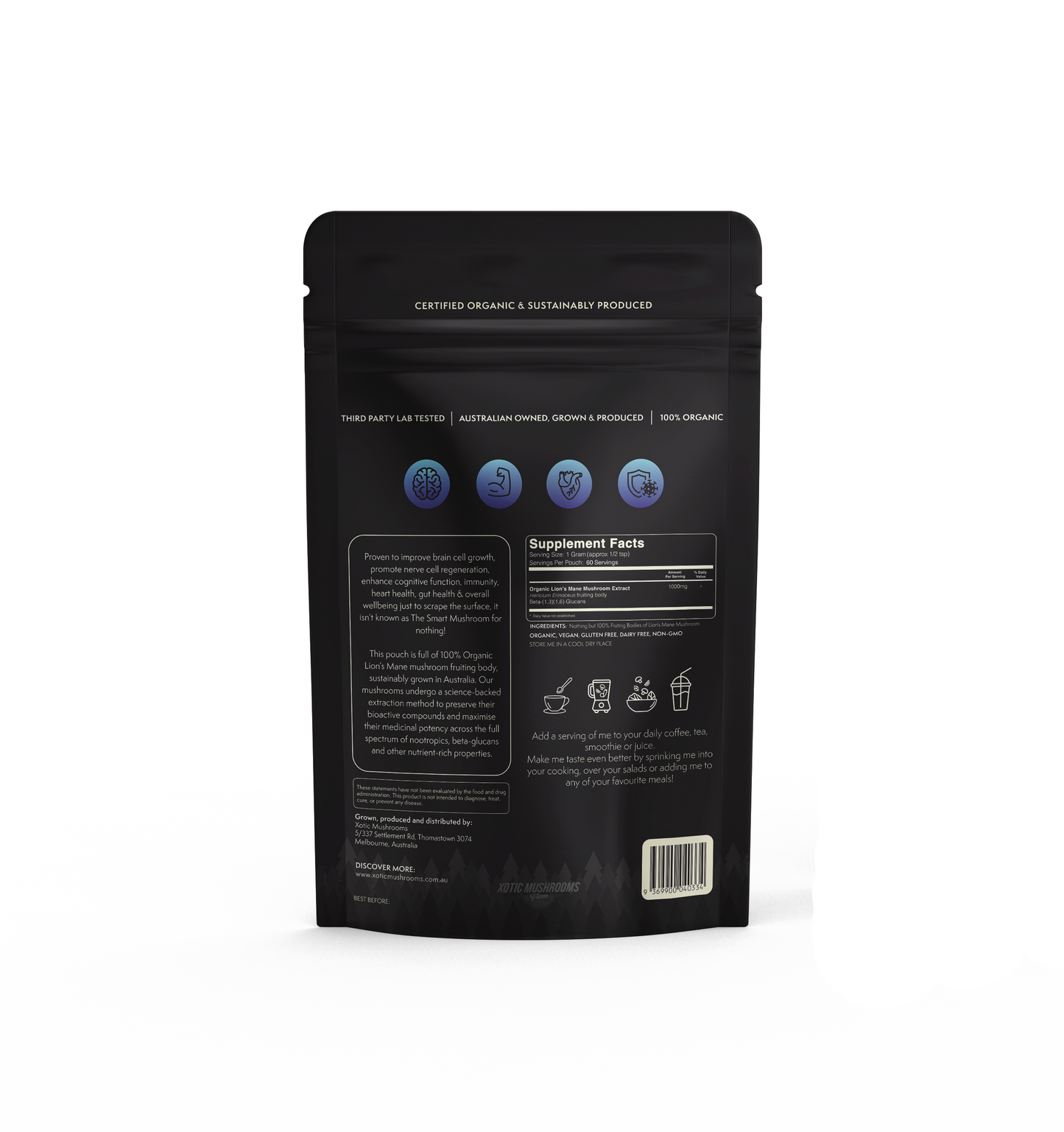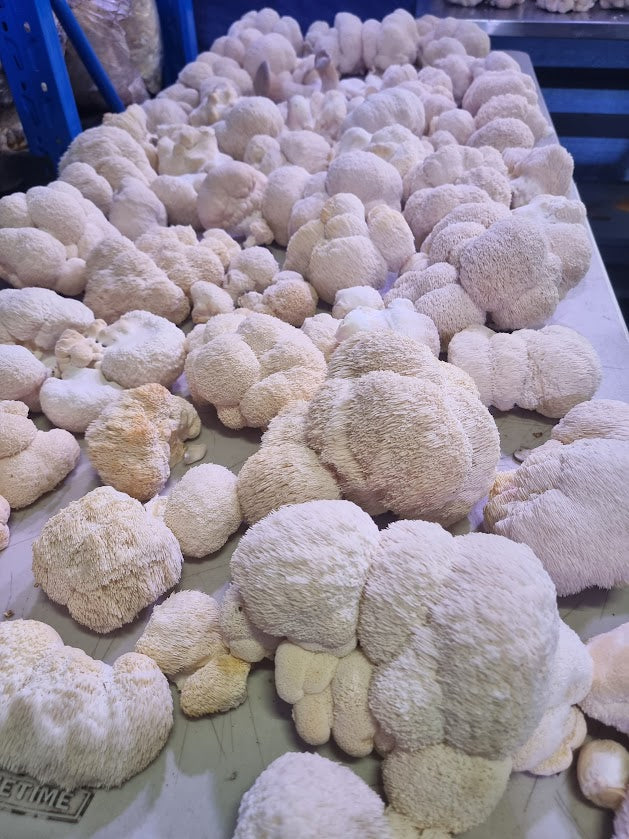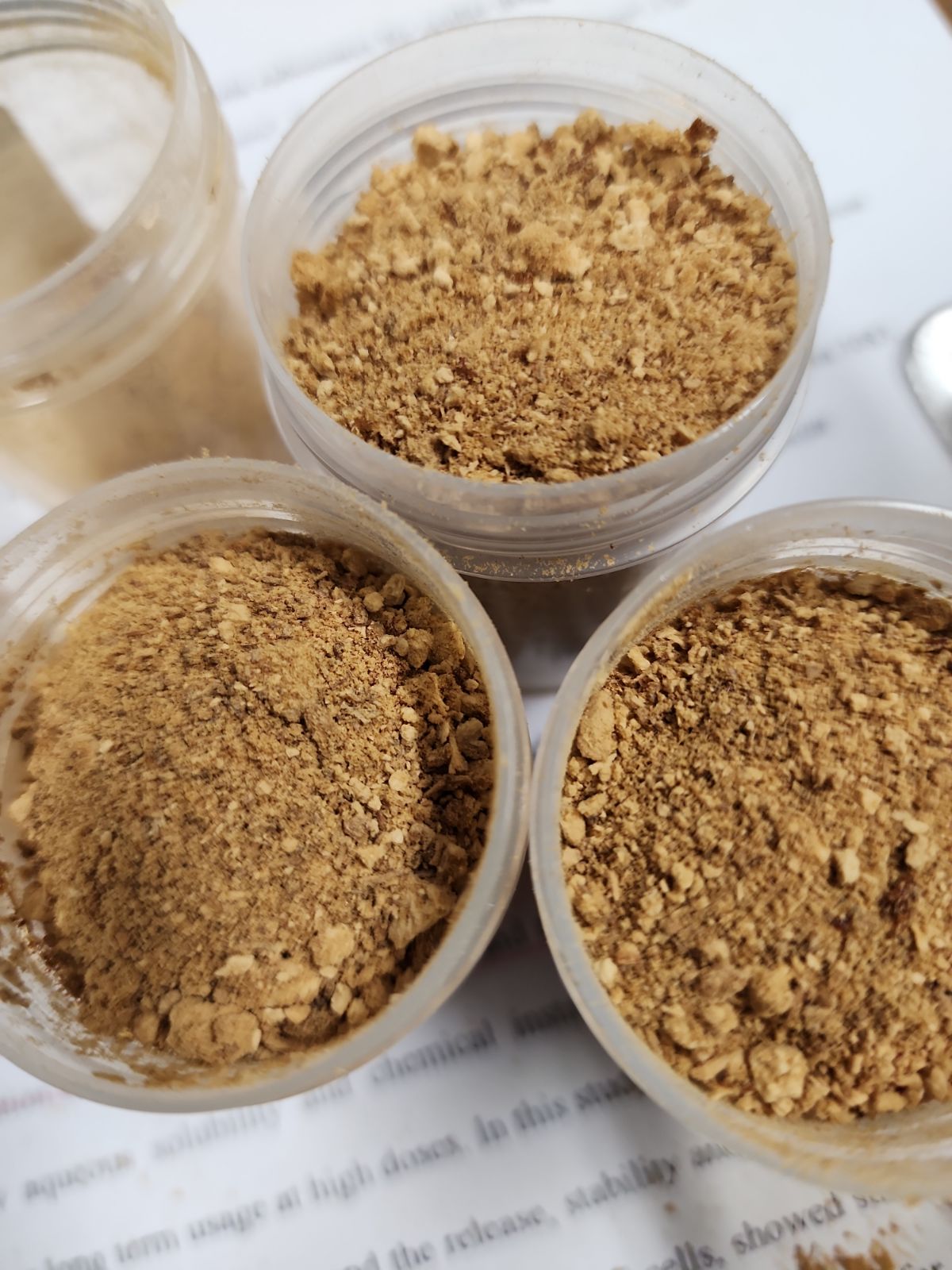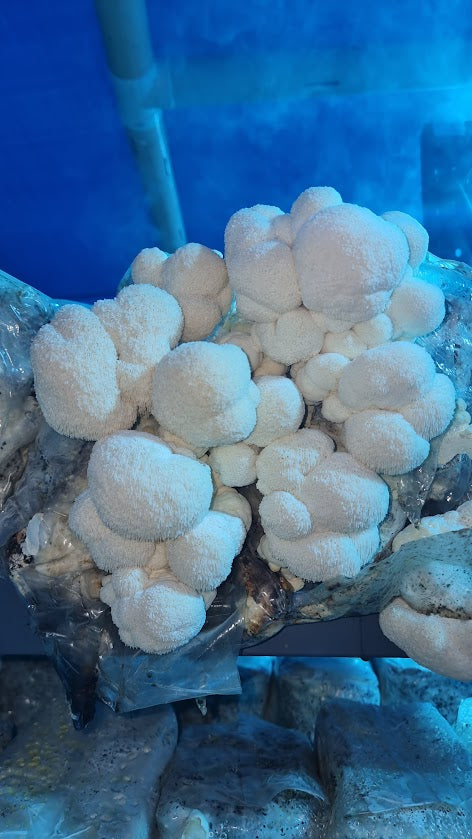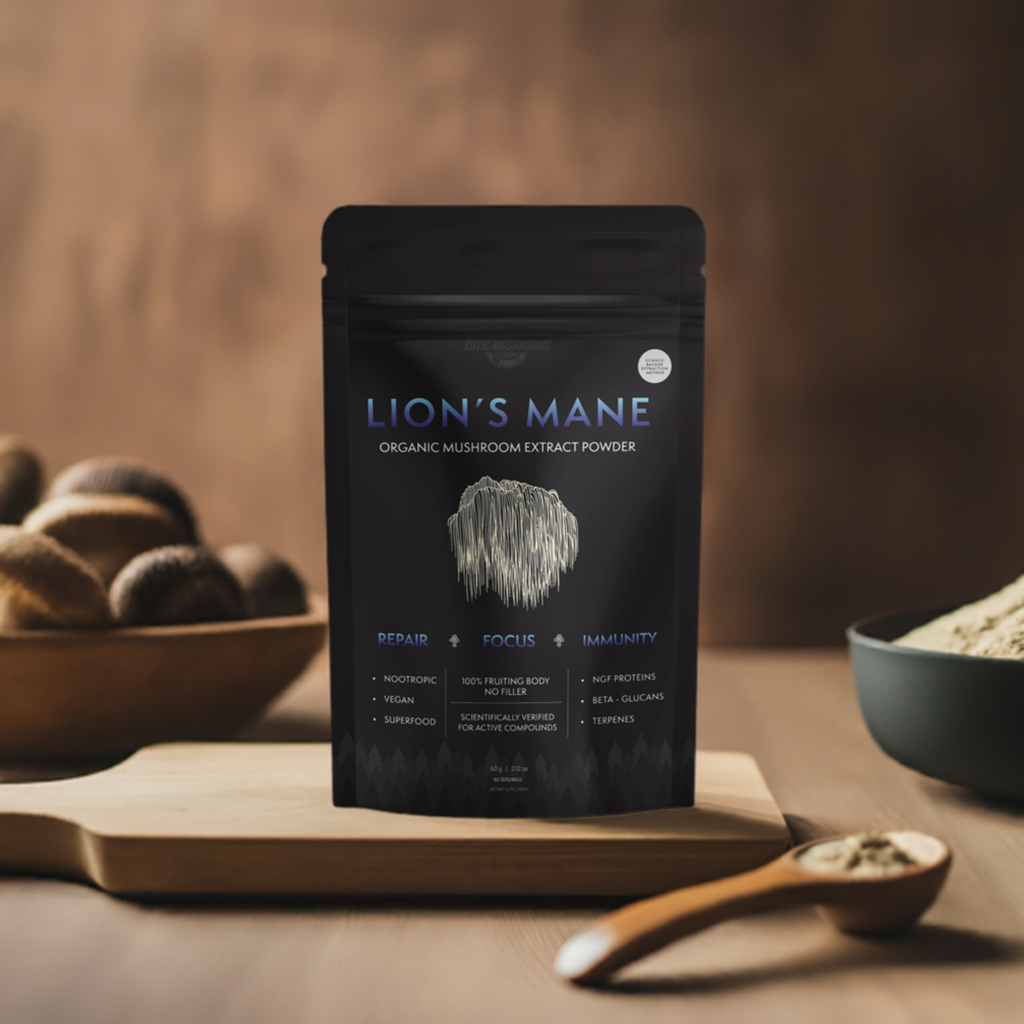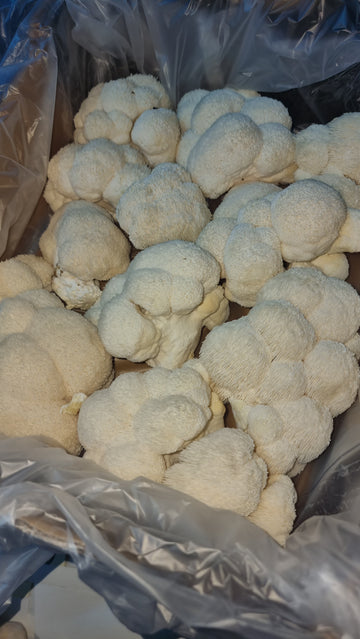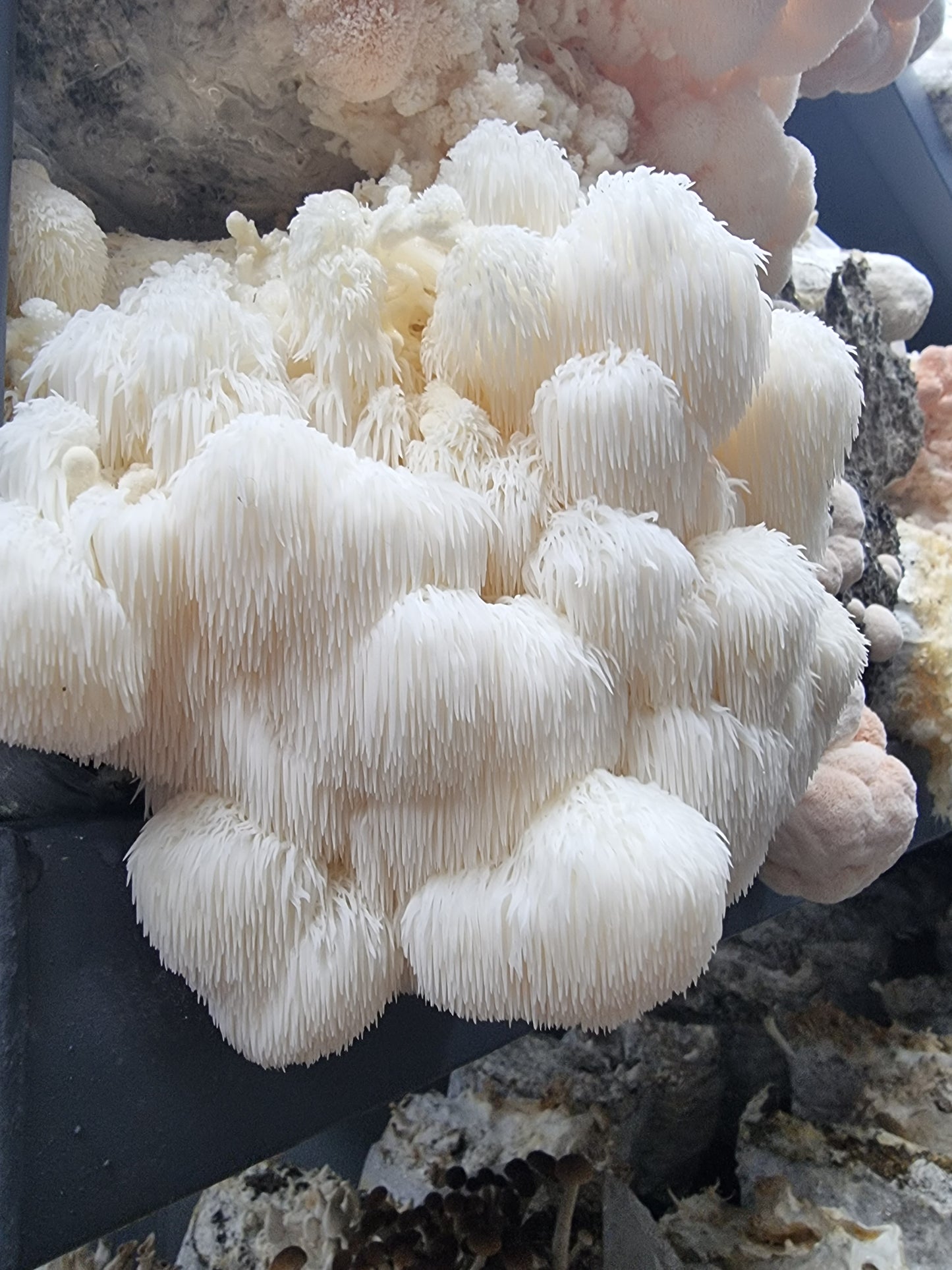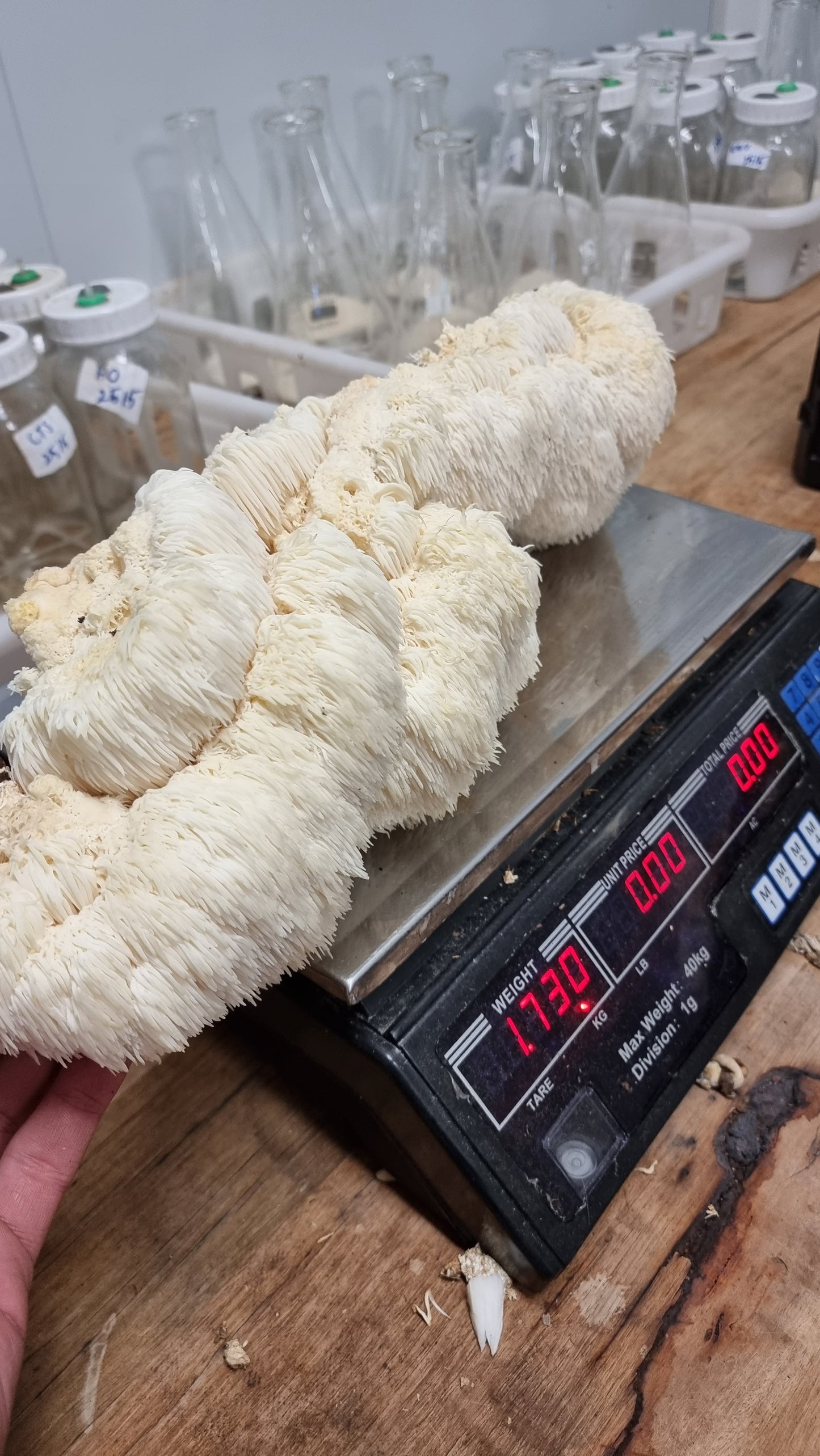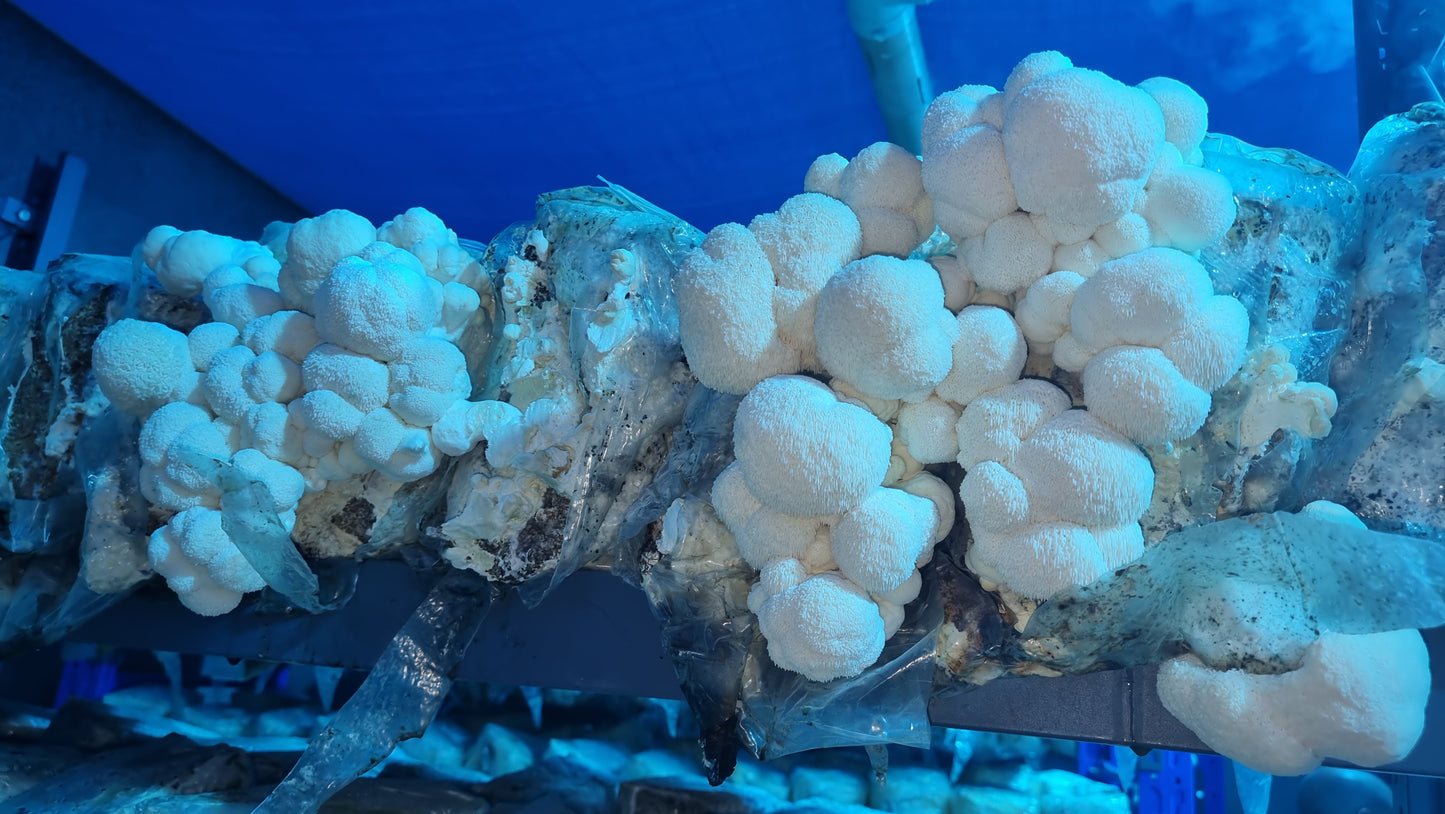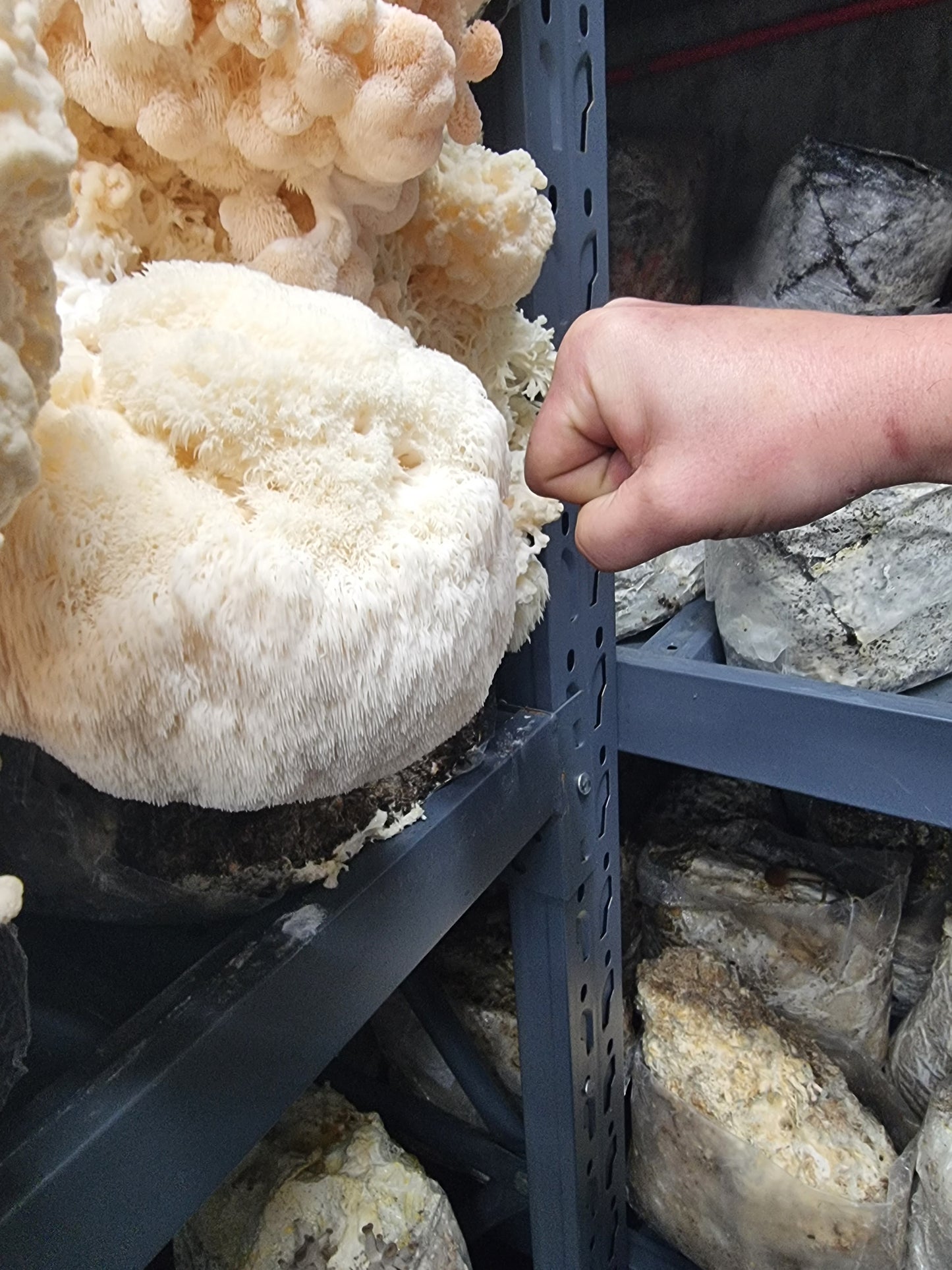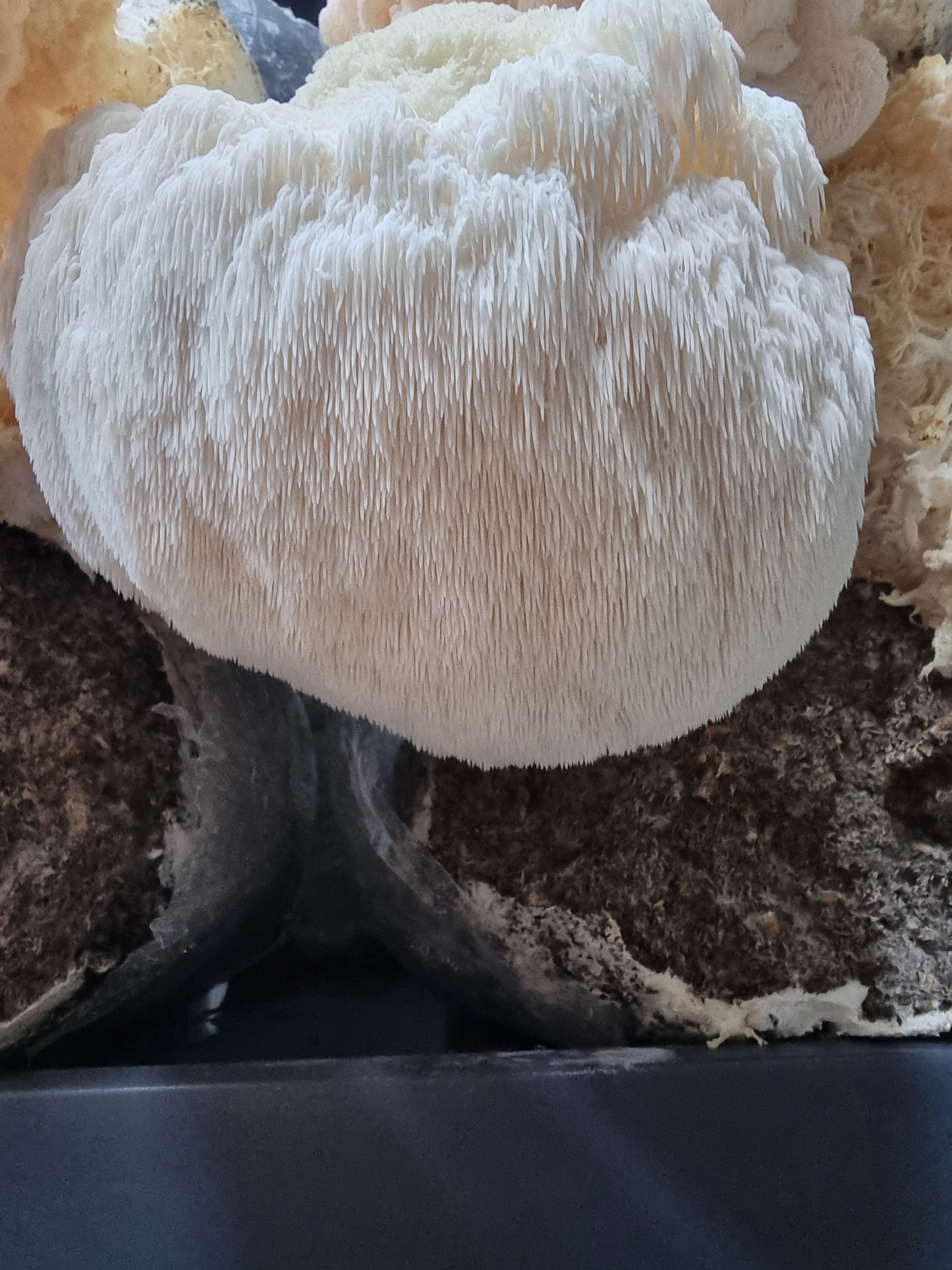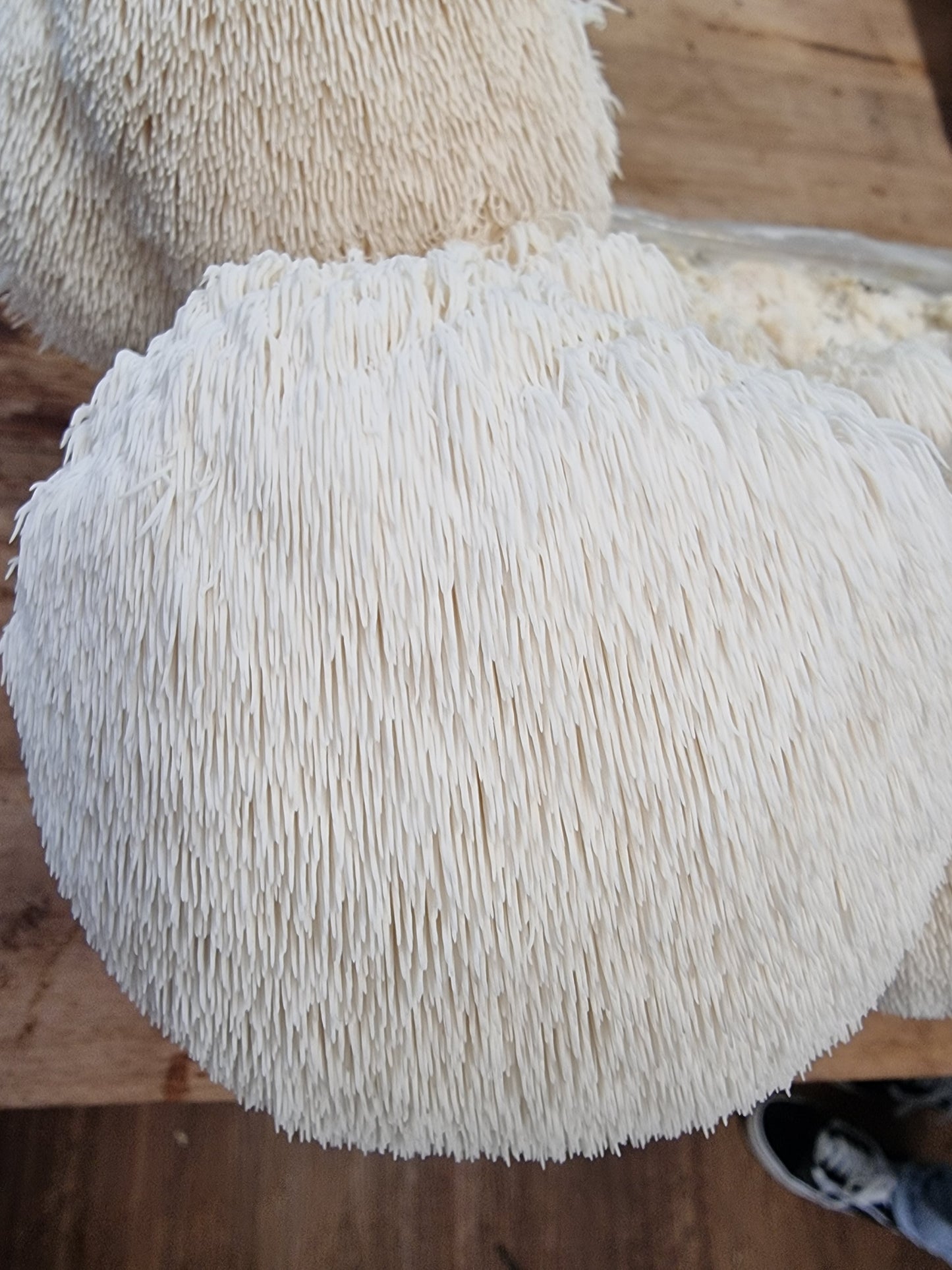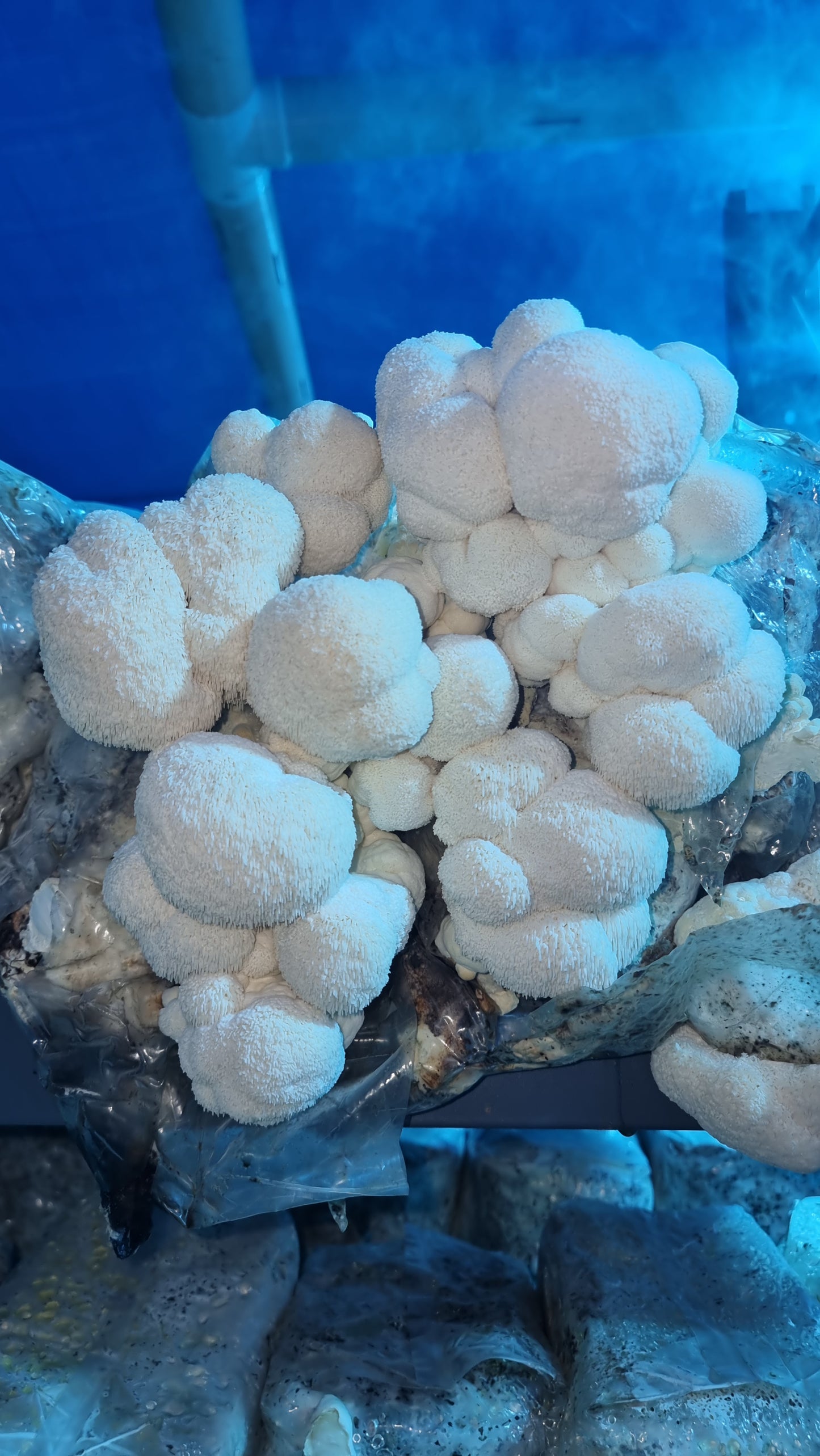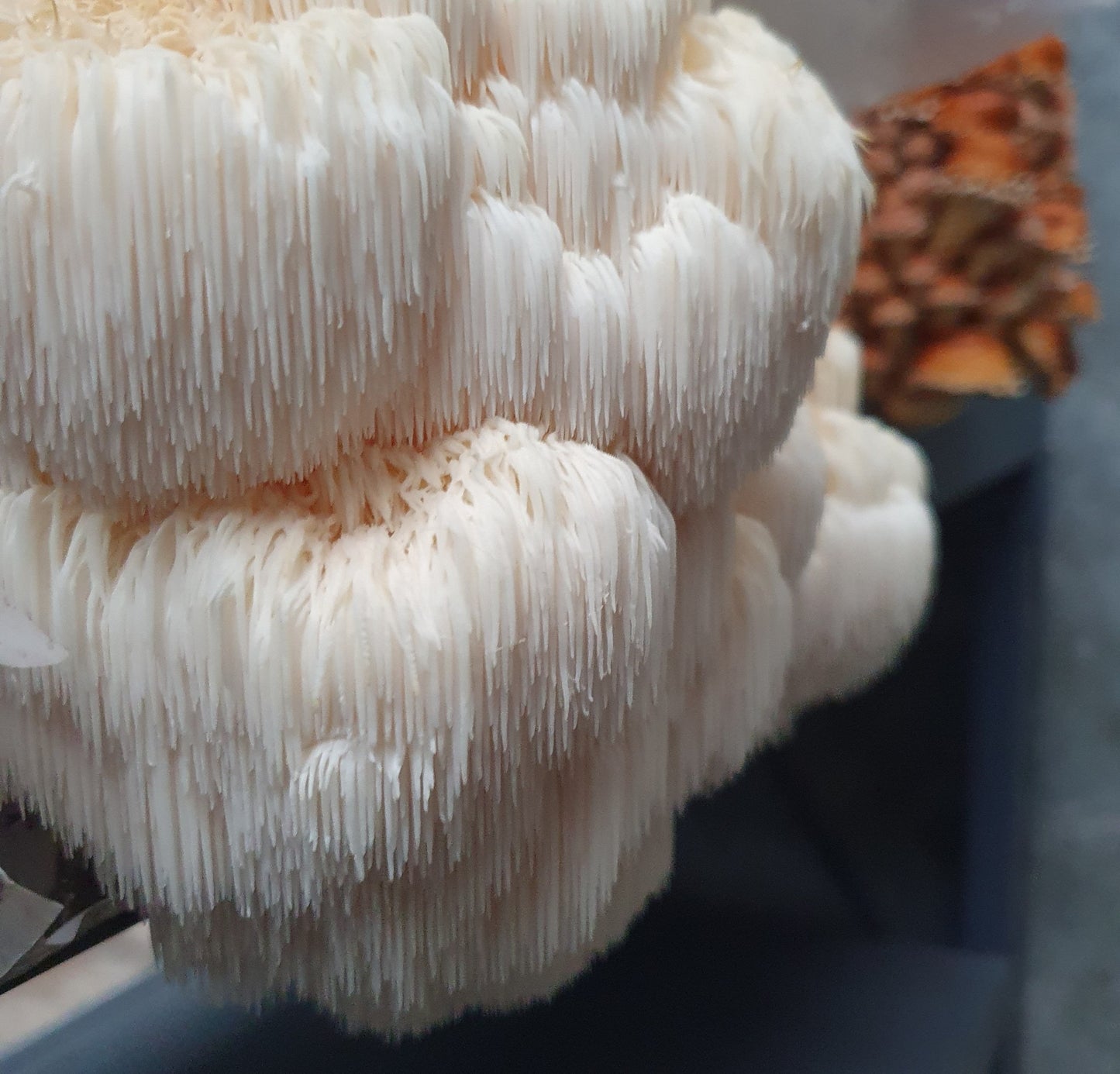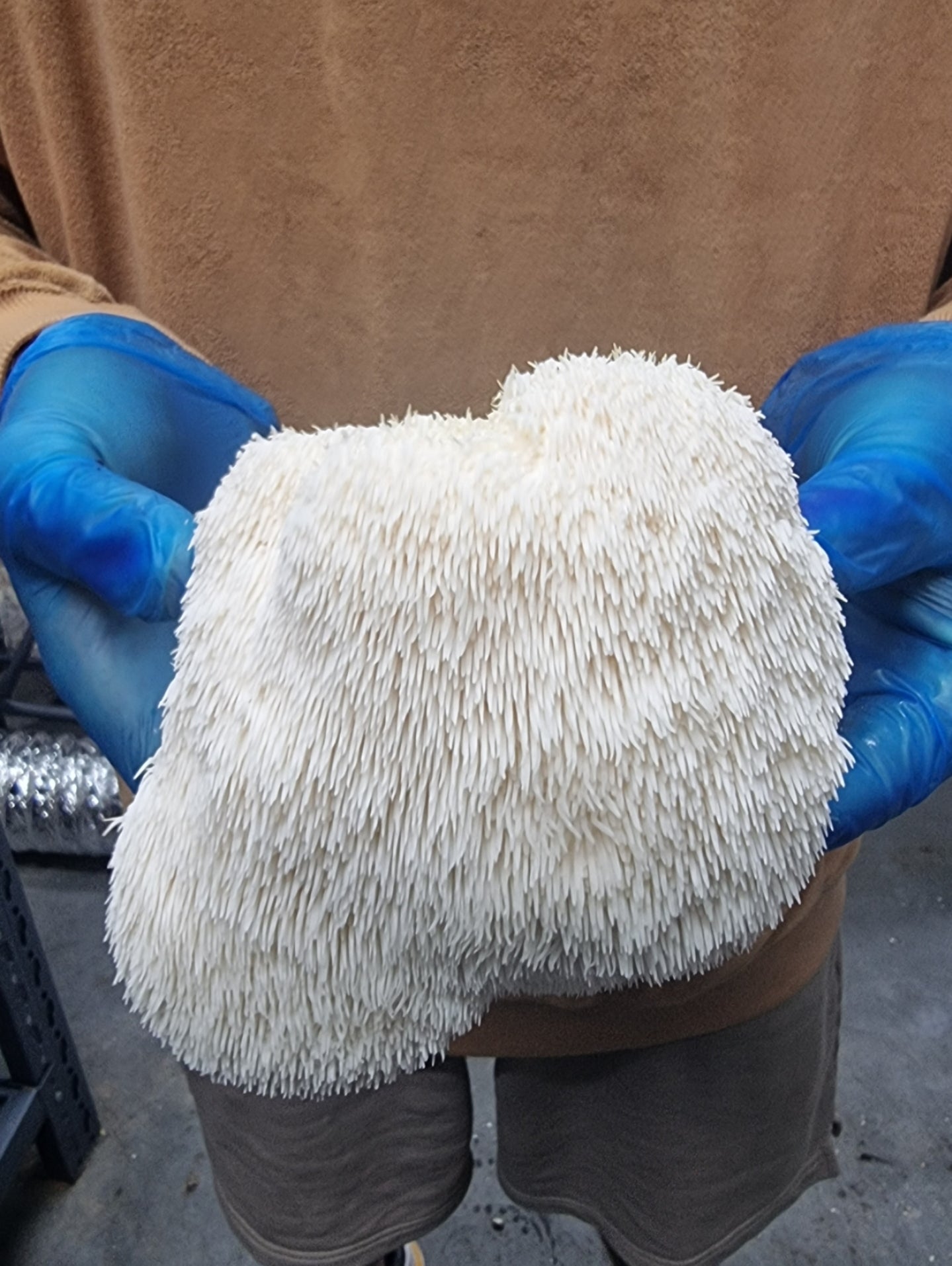Finding it tricky to get your mushroom-growing efforts off the ground? Many mushroom enthusiasts face challenges—confusion, setbacks, and wasted time. Sound familiar?
Here’s the good news: growing Lion’s Mane mushrooms can be simpler than you think. Picture harvesting fresh, nutrient-packed mushrooms… right at home.
Ready to make it happen? Our step-by-step guide is packed with practical tips and straightforward instructions to lead you to success. Want a harvest that’s both effortless and rewarding? Dive in and uncover the secrets to cultivating Lion’s Mane mushrooms like a pro!
Supplies You Will Need
To grow Lion's Mane mushrooms successfully, you’ll need a few essential supplies:
- Lion's Mane Mushroom Spawn: This is the "seed" for your mushrooms and can be purchased from reputable suppliers. Choose high-quality spawn for best results.
- Growing Medium: Hardwood sawdust or a blend of sawdust and bran works well as the substrate. Alternatively, sterilized straw can also be used.
- Growing Containers: Use breathable grow bags designed for mushrooms, which allow airflow while maintaining humidity.
- Sterilization Tools: A pressure cooker or steam sterilizer is essential for ensuring your substrate is free from contaminants.
- Humidifier or Spray Bottle: Lion’s Mane mushrooms require high humidity to grow, so a humidifier or spray bottle will help maintain the right environment.
- Clean Workspace: Ensure a sterile workspace to minimize contamination during inoculation.
Preparing to Grow Lion's Mane Mushrooms

Successfully growing Lion’s Mane mushrooms starts with careful preparation. Getting the basics right can distinguish between a bountiful harvest and a disappointing yield.
Each step is crucial for ensuring your mushrooms thrive, from selecting the suitable growing medium to setting up the perfect environment. In this section, we’ll cover the essential preparations needed to create an ideal growing environment and set you up to cultivate Lion’s Mane mushrooms at home successfully.
Step 1: Choosing the Right-Growing Medium
The appropriate growing medium is crucial for successful Lion’s Mane mushroom cultivation. The suitable medium provides the essential nutrients and structure for robust mycelial growth and a bountiful harvest.
Hardwood Sawdust is often the top choice for growing Lion’s Mane mushrooms. It is rich in nutrients that support healthy mycelium development and provides a suitable environment for the mushrooms to thrive. Sawdust from hardwoods like oak or maple is preferred due to its higher nutrient content than softwood sawdust.
Straw can also be used, although it may require additional supplementation, such as bran or other nutrient-rich additives, to provide a balanced growing medium. Although straw is less nutrient-dense than hardwood sawdust, it can be a viable option for those with limited access to sawdust.
Pre-made substrate Mixes are available. These mixes often combine sawdust, straw, and other nutrients. They can be convenient and effective, especially for beginners.
Step 2: Selecting a Growing Method.
Choosing the right growing method is pivotal in cultivating Lion’s Mane mushrooms. It influences both the process's ease and the yield's quality.
Indoor Cultivation offers the most control over environmental conditions, such as temperature, humidity, and light. This method is ideal for achieving consistent results and is often preferred by those new to mushroom growing.
Indoor setups can range from simple kits to more elaborate systems using grow tents or dedicated growing rooms. Maintaining optimal conditions and cleanliness is crucial to prevent contamination and ensure successful growth.
Outdoor Cultivation provides a more natural environment but can be less predictable. It involves placing the substrate in a sheltered outdoor area where natural conditions such as temperature and humidity are less controlled.
This method can be more challenging, requiring careful management of weather-related factors and potential pests. However, it can also yield high-quality mushrooms and is suitable for those with suitable outdoor space.
Hybrid Approaches combine elements of both methods, such as starting mushrooms indoors and transferring them outdoors once established. This approach can balance control and natural conditions.
Step 3: Setting Up Your Growing Environment

The optimal growing environment is essential for successful Lion’s Mane mushroom cultivation. This involves controlling temperature, humidity, and ventilation to promote healthy mycelial growth and mushroom production.
- Temperature Control: Lion’s Mane mushrooms thrive within a temperature range of 18°C to 24°C (65°F to 75°F). Consistency is key, as fluctuations can stress the mycelium and hinder growth. Use a thermometer to monitor the temperature closely and make adjustments using heaters or air conditioners.
- Humidity Management: High humidity is crucial for developing Lion’s Mane mushrooms. Aim to maintain humidity levels between 85% and 90% to ensure optimal growth. This can be achieved using a humidifier or placing a moisture-retentive tray in the growing area. Regular misting can also help maintain the required humidity levels.
- Ventilation: Proper ventilation prevents the build-up of excess moisture and reduces the risk of contamination. Ensure adequate airflow by using fans or creating vents in your growing setup. This helps maintain fresh air circulation, essential for healthy mushroom development and reducing the likelihood of mould and bacteria growth.
- Light Conditions: While Lion’s Mane does not require direct light, indirect light can help stimulate fruiting. Ensure the growing area has some light exposure, either natural or artificial, to support the mushroom’s development.
Step 4: Inoculating the Substrate
Inoculating the substrate is a crucial step in the cultivation of Lion’s Mane mushrooms, as it introduces the mushroom’s mycelium or spores to the growing medium. This process is essential for initiating mycelial growth and ultimately achieving a successful harvest.
Start by preparing your substrate, ensuring it is fully sterilised and cooled to room temperature. This step is vital to prevent contamination, which can severely disrupt the growth of Lion’s Mane mushrooms and lead to a failed crop. Contaminants can outcompete the mycelium for nutrients, so maintaining a clean environment is critical.
Once the substrate is ready, move to the inoculation process in a sterile environment. Use sterile tools to mix the Lion’s Mane spores or mycelium into the substrate. For mycelium, ensure it is evenly distributed throughout the medium to promote uniform growth. If you are using spores, make sure they are spread evenly to avoid clustering, which can lead to uneven colonisation.
After inoculation, seal the substrate in a suitable container or bag to create a controlled environment. Place the sealed substrate in a warm, dark area to facilitate mycelial colonisation. Regularly monitor the substrate for contamination or mycelial growth to ensure a healthy development process.
Step 5: Fruiting the Mushrooms
Fruiting Lion’s Mane mushrooms is the final and rewarding phase of the cultivation process, where you encourage the mycelium to produce mature mushrooms.
To begin fruiting, reduce the temperature slightly to around 15°C to 20°C (59°F to 68°F) and increase fresh air exchange. This change mimics natural conditions that trigger mushroom development. Maintaining high humidity, around 85% to 90%, is crucial to support mushroom formation.
Providing light during the fruiting stage can also be beneficial. While Lion’s Mane mushrooms do not require direct light, offering indirect light can help guide their growth and enhance fruiting. Use fluorescent or LED lights to simulate natural daylight, ensuring they are not directly exposed to the substrate.
Regular monitoring is essential to ensure the environment remains optimal. Check for signs of contamination or adverse conditions, and adjust humidity and ventilation as needed. Mist the substrate if necessary to keep humidity levels consistent and prevent moisture build-up that could lead to mould growth.
Once the mushrooms have developed their distinctive white, cascading spines, they are ready for harvest. Gently twist or cut the mushrooms from the substrate to ensure the best texture and flavour. Proper management during this stage will lead to a successful fruiting phase and a rewarding crop of Lion’s Mane mushrooms.
Step 6: Harvesting and Storing Lion's Mane Mushrooms

Harvesting Lion’s Mane mushrooms requires precision to ensure optimal quality and yield. Timing is crucial; the best moment to harvest is when the mushrooms have fully developed their characteristic spines but before they start to deteriorate. Ideally, the mushrooms should be harvested when their spines are elongated and the edges are still white but before they turn yellow or brown.
Use clean, sharp tools to avoid contaminating the substrate during the harvesting process. Gently twist or cut the mushrooms at the base where they meet the substrate. Avoid pulling or ripping, damaging the mycelium and reducing future yields.
Handle the mushrooms with care. Lion’s Mane mushrooms are delicate, and rough handling can cause them to bruise or break apart. Place them carefully into a clean container to prevent any damage.
Harvest regularly to ensure that all mushrooms reach their peak before they begin to degrade. Frequent harvesting can also encourage further fruiting.
Common Issues and How to Troubleshoot

When growing Lion's Mane mushrooms, a few common issues may arise:
- Contamination: Mold or bacteria can spoil your substrate. To prevent this, ensure all tools and workspace are sterilized. If contamination appears, remove affected areas promptly or restart with fresh spawn and substrate.
- Slow or No Growth: Temperature and humidity are crucial. Lion's Mane grows best in a temperature range of 16–24°C (60–75°F) and requires 85–90% humidity. Adjust your environment or add a humidifier if growth is stalled.
- Yellowing or Dry Mushrooms: If the mushrooms turn yellow or appear dry, humidity levels may be too low. Increase humidity by misting regularly or using a humidifier near your grow bags.
- Lack of Fruiting: This can result from low light exposure. While Lion's Mane doesn’t need direct light, a few hours of indirect light each day encourages fruiting.
- Pinning but No Growth: If your mushrooms form small "pins" that don’t mature, the substrate might be too compact, preventing proper airflow. Loosen the substrate slightly and ensure there’s enough ventilation.
- Excess Moisture: Pooling water in or on the substrate can lead to rot. Check that your growing environment has good airflow and reduce misting if you see excess moisture. Grow bags with filter patches help control humidity and airflow.
- Bitter Taste in Mushrooms: Sometimes, mushrooms grown in low oxygen environments can develop a bitter flavor. Improve airflow and ensure enough indirect light to enhance their taste and texture.
Conclusion
Growing Lion’s Mane mushrooms at home is a rewarding endeavour that yields delicious and nutritious results. Follow this guide step by step to ensure success. Start your cultivation journey today and enjoy the numerous benefits of home-grown Lion’s Mane mushrooms. Get your supplies and begin now for a fresh harvest!
